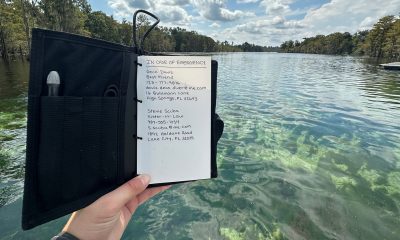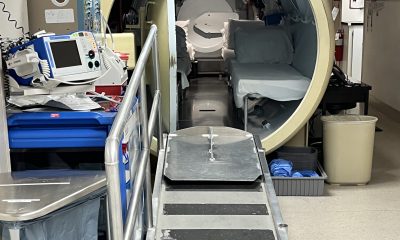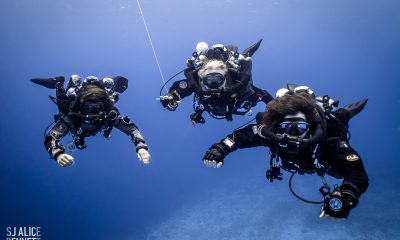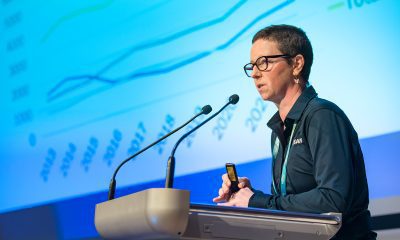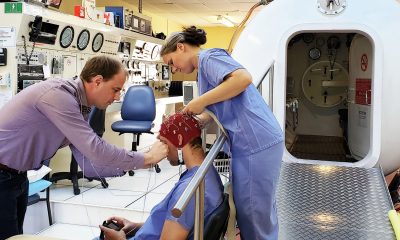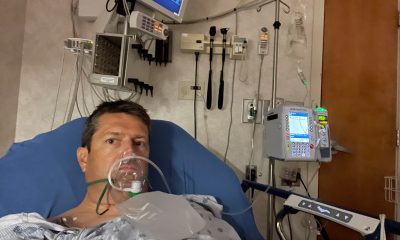Education
Micro Bubbles, Macro Problems: New Research Brings Possible Solutions to DCS Quandaries
Diver Alert Network’s Reilly Fogarty geeks out on new research by University of North Carolina biomedical researcher and current R.W. Hamilton Grant recipient Virginie Papadopoulou, Ph.D. (That’s right, she received the “Dr. Bill” grant!!) Her potential paradigm-shifting work may help us to understand the actual link between bubbles and getting bent; our current models lack definitive causation.
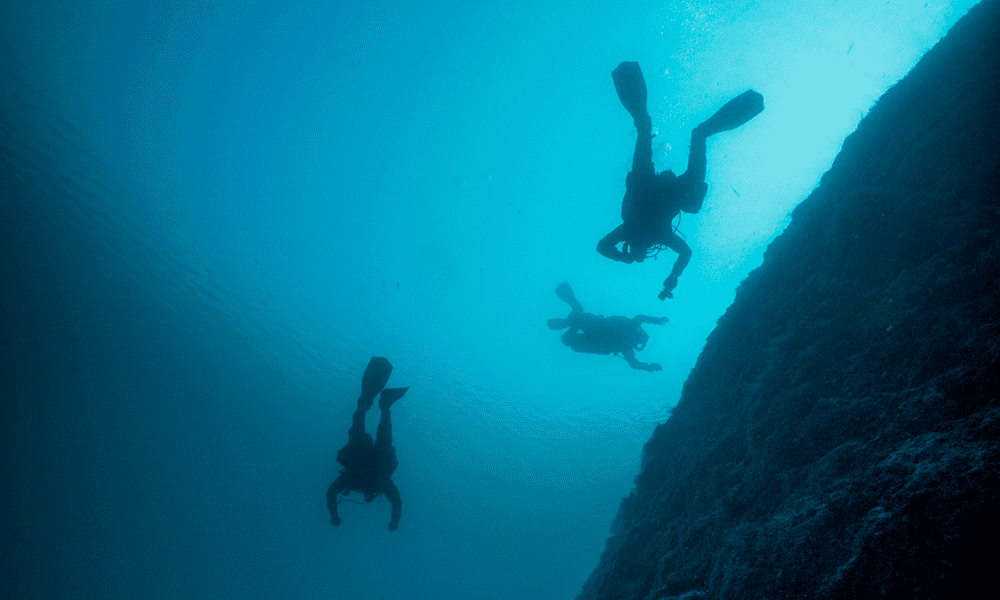
By Reilly Fogarty
Our current understanding of decompression stress is binary—you are either symptomatic or you are not. This conceptualization is the result of decades of research done by driven individuals in an astonishingly complex academic niche. The field of bubble research ties together numerous academic fields and seems to survive solely on the dedication of those involved. Breakthrough advances in the field are rare and almost universally involve years of work and decades of experience. When they do happen, they have a way of discernibly shifting our understanding of the entire field. Research on microbubbles and ways to quantify decompression stress by bioengineer Virginie Papadopoulou, Ph.D., shows early signs that suggest such a shift.

Since the creation of this discipline, any explanation of how bubbles correlate to decompression sickness (DCS) from even the most experienced researchers has been a leading question or two away from, “well, we don’t actually know, but here’s our best guess.” The effects bubbles have on us are the product of an enormous (and constantly growing) list of factors, including dehydration and endothelial and inflammatory responses. Our current understanding of the link between “bubble populations” and DCS lacks definitive causation. Research up to this point has found that bubble counts may correlate to incidence of DCS, but they do not always, and some individuals seem not to bubble as much as others. This understanding of post-dive bubbling has led to a slew of theories about variance among individuals that cause some people to bubble more than others and increasingly elaborate modeling of decompression.

Papadopoulou, who specializes in ultrasound imaging techniques and the creation and application of microbubbles and nanodroplets—tiny bubbles whose core has condensed to liquid through decrease in temperature or increase in pressure—for medical applications, has proposed that this correlation and the debate over why some divers bubble more than others is partly due to a failure in imaging technique rather than bubble production. Her techniques yield bubbles that are orders of magnitude smaller than previously imaged for scuba, or around 1-10 micrometers.
Her theory is that we will one day be able to correlate not just our binary understanding of decompression sickness but a quantifiable measure of decompression stress to bubble counts performed in new ways. Her most recent projects have involved imaging microbubbles using contrast ultrasound, and early evidence shows that with the type of imaging technology she applied, it may be possible to include microbubbles in post-dive bubble counts and show that signal increases (indicative of smaller bubble populations in this type of ultrasound imaging) are present in both divers who were previously considered “bubblers” and “non-bubblers”. These divers, imaged with traditional b-mode sonography, may bubble equally but in sizes that could not be imaged, leading researchers to conclude that they did not bubble at all. Papadopoulou found a signal increase across all seven subjects after identical dives, despite half of the subjects not showing significant counts of larger bubbles, and is currently working to refine her imaging technique, which is now capable of imaging not just moving bubbles but even smaller stationary bubbles as well.
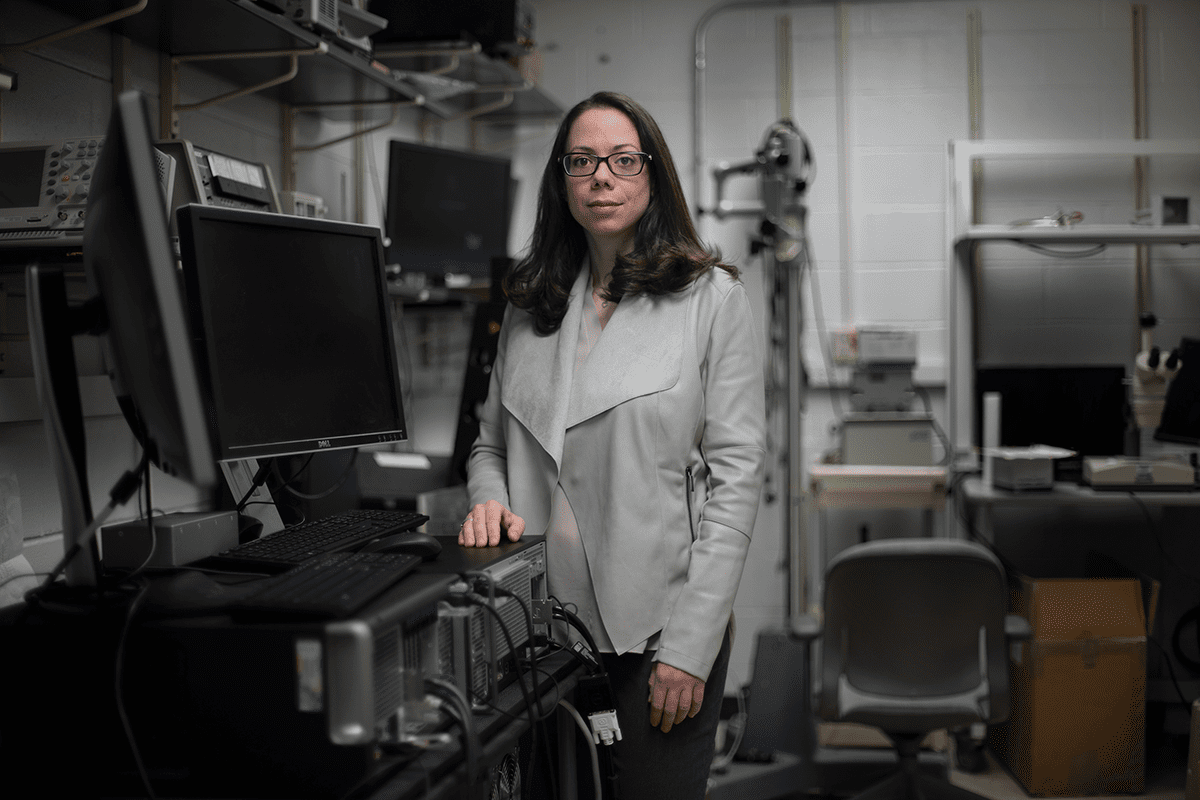
What this means for divers remains to be seen, but Papadopoulou hopes to advance our understanding of the relationship between bubbles and DCS, improve our understanding of how and where bubbles form, and change the narrative around DCS from a binary system focused on symptoms to a linear one that takes bubble count into consideration to improve both knowledge and diver safety. Her work is far from conclusively demonstrating cause and effect between bubble count and DCS, but it has gained significant ground in a matter of years. In fact, it is rapidly moving toward improving our mechanistic understanding of decompression and applying that to personalized decompression models. In the coming months, interested divers will be able to participate in a bubble counting research project created by Papadopoulou and available via DAN.org.
Dive Deeper:
If you’re interested in learning more about Papadopoulou and her work, visit Alert Diver Online or www.VirginiePapadopoulou.com.
Header Image by Sean Romanowski


Reilly Fogarty is media strategist at Divers Alert Network (DAN) and team leader for its risk mitigation initiatives. He is a USCG licensed captain and rebreather instructor whose professional background includes surgical and wilderness emergency medicine, and dive shop management.



















